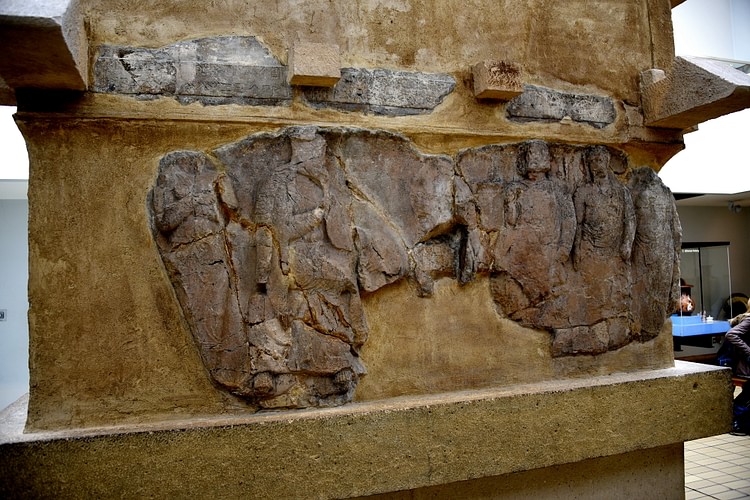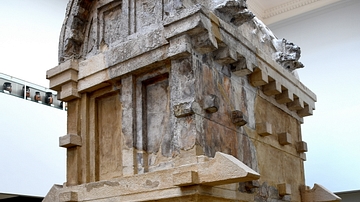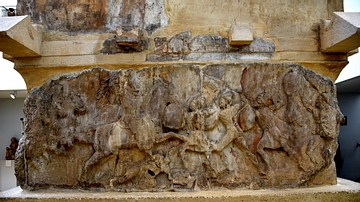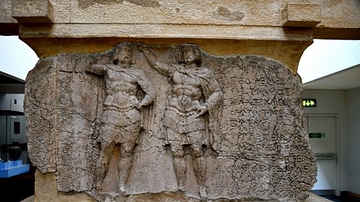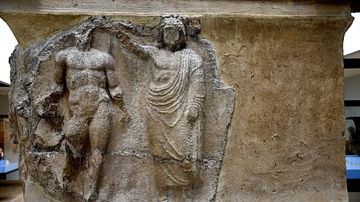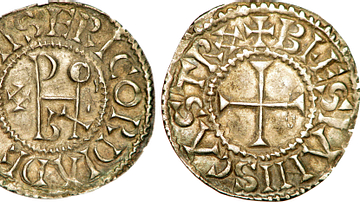Illustration
This relief, which is seen on the south side of the Payava Tomb, depicts a seated Persian, apparently a satrap or governor, with attendent figures. The inscriptions in Lycian probably mention the name of the satrap as Autophradates. The Payava tomb is a limestone tomb with gabled roof. It was decorated with reliefs on its four sides and inscribed with Lycian inscriptions. It was made in Lycia; found in Xanthus. Greek Period, circa 375-362 BCE. (The British Museum, London)
Cite This Work
APA Style
Amin, O. S. M. (2016, May 15). Tomb of Payava, West Side. World History Encyclopedia. Retrieved from https://www.worldhistory.org/image/5097/tomb-of-payava-west-side/
Chicago Style
Amin, Osama Shukir Muhammed. "Tomb of Payava, West Side." World History Encyclopedia. Last modified May 15, 2016. https://www.worldhistory.org/image/5097/tomb-of-payava-west-side/.
MLA Style
Amin, Osama Shukir Muhammed. "Tomb of Payava, West Side." World History Encyclopedia. World History Encyclopedia, 15 May 2016. Web. 19 Apr 2024.
